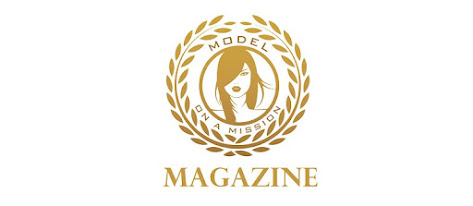Exploring Luxury Clothing: Perspectives and Insights
Luxury clothing represents more than
just apparel; it is an embodiment of artistry, exclusivity, and cultural
significance. The allure of luxury fashion extends far beyond its price tag,
drawing in diverse opinions from fashion enthusiasts, industry experts, and
consumers. Below are five perspectives on luxury clothing, shedding light on
its various dimensions.
The Craftsmanship Perspective
Luxury
clothing is often celebrated for its meticulous craftsmanship. From
hand-stitched details to the use of rare and premium materials, each garment is
a testament to the designer's skill and dedication. Artisans involved in the
creation of luxury clothing often spend years perfecting their techniques,
ensuring that every piece is unique. For many, investing in luxury apparel is
akin to acquiring a wearable piece of art. This perspective highlights the
intrinsic value of the time, effort, and expertise poured into every design.
The Status Symbol Perspective
Luxury clothing is frequently associated with status and prestige. Wearing
high-end brands such as Gucci, Chanel, or Louis Vuitton often signifies social
standing and success. The exclusivity of luxury brands—characterized by limited
editions, high prices, and the prominence of logos—fosters a sense of privilege
among owners. Critics, however, argue that this perspective perpetuates
materialism and societal pressure to conform to trends, raising questions about
the deeper meaning of self-worth.
The Sustainability Debate
In recent years, sustainability has become a critical factor in the luxury
clothing industry. Many luxury brands now prioritize eco-friendly practices,
such as using organic fabrics, minimizing waste, and adopting circular
production models. Advocates of sustainable luxury argue that investing in
timeless, durable pieces reduces the need for frequent replacements, ultimately
minimizing environmental impact. On the flip side, skeptics question whether
luxury fashion’s high-energy production processes and reliance on exotic
materials can truly align with sustainability goals.
The Emotional and Experiential
Perspective
For some consumers, purchasing luxury clothing is not just about owning a
product but about the experience and emotional connection it brings. From the
personalized service at a boutique to the unveiling of a beautifully packaged
item, every step of the journey is designed to make the buyer feel special.
This emotional investment often fosters brand loyalty, as customers develop a
deep appreciation for the thoughtfulness behind the luxury experience.
The Accessibility Critique
Critics of luxury clothing often highlight its lack of accessibility, arguing
that it caters to an elite minority while excluding the majority of consumers.
This exclusivity can perpetuate economic divides and make fashion appear
inaccessible to those with limited means. However, some brands have taken steps
to democratize luxury through collaborations with mainstream retailers or
offering "entry-level" products, such as perfumes or accessories, to
reach a broader audience.
Conclusion
Luxury
clothing remains a multifaceted industry
that inspires admiration, critique, and debate. Whether viewed as an art form,
a status symbol, or a vehicle for sustainability, luxury fashion holds a unique
place in the global market. By understanding its diverse perspectives,
consumers and designers alike can navigate the complexities of this glamorous
yet thought-provoking world with greater awareness and appreciation.




Comments
Post a Comment